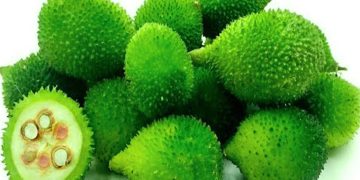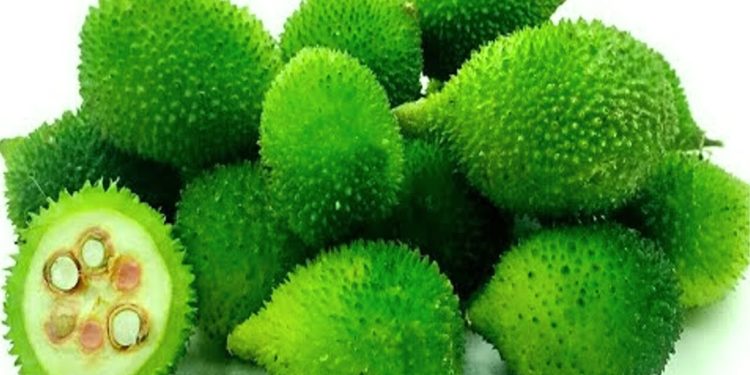#Kakoda #Khekhsa #Ayurveda #NutritionalPowerhouse #IndianCuisine #OrganicNutrition
India’s diverse ecosystem boasts an array of rare herbs and vegetables that have been integral to traditional Ayurvedic medicine and culinary traditions for centuries. From the robust healing properties of ashwagandha to the distinct flavors of bitter gourd, the Indian subcontinent is a treasure trove of plant species that reflect its natural bounty and cultural heritage. Among these valuable ingredients, Kakoda, also known as Khekhsa, stands out as a nutritional powerhouse and a staple of the monsoon season. In this article, we delve into the extraordinary attributes of Kakoda, exploring its medicinal significance, cultivation, and far-reaching implications.
The Medicinal Marvel
Kakoda, a prominent fixture in Ayurvedic practices, has earned its reputation as a medicinal marvel. Used extensively in the preparation of Ayurvedic medicines, this vegetable is renowned for its efficacy in treating respiratory ailments, urinary disorders, fevers, and inflammations. The presence of therapeutic compounds makes Kakoda a sought-after ingredient in traditional remedies, especially in the context of the respiratory system and immune health. In certain regions, such as Rajasthan, it is referred to as Kinkoda, underlining its regional significance.
Cultivation and Abundance
Thriving predominantly in hilly terrain and flourishing during the rainy season, Kakoda demonstrates its resilience by flourishing naturally. Unlike many vegetables that succumb to the onslaught of pesticides, Kakoda is often cultivated organically, preserving its nutritional integrity. This robust vegetable is a notable source of protein and iron, surpassing even meat in terms of nutritional potency. Reports suggest that Kakoda packs an impressive 50 times the strength and protein content of meat, making it an invaluable dietary supplement.
Antioxidant-Rich and Cleansing
Kakoda’s contribution extends beyond its nutritional value. Laden with phytochemicals, it offers a substantial dose of antioxidants, contributing to overall well-being. The consumption of Kakoda is associated with promoting health through its antioxidant properties, aiding in the body’s cleansing processes and bolstering immunity. Its inclusion in diets offers a natural approach to maintaining vitality and combating oxidative stress.
Nature’s Bounty
One of Kakoda’s remarkable features is its self-sustaining growth pattern. Once cultivated, it demonstrates a remarkable ability to regenerate, particularly during the rainy season. As soon as the rains arrive, Kakoda’s vines sprawl across forests and fields, showcasing its intrinsic connection to the environment. Such characteristics highlight the harmonious relationship between this vegetable and its natural habitat, making it a resource that even defies conventional agricultural practices.
The cultivation and consumption of Kakoda hold profound consequences for both health and ecological balance. Its rich nutritional profile can potentially address dietary deficiencies, especially in regions where access to protein and iron sources is limited. Additionally, Kakoda’s organic growth pattern aligns with sustainable agricultural practices, reducing the reliance on pesticides and chemical fertilizers.
Kakoda stands as a testament to India’s abundant biodiversity and cultural heritage. Its status as a nutritional powerhouse and a potent element of Ayurvedic medicine underscores its significance in both traditional and contemporary contexts. As awareness grows about its extraordinary benefits, embracing Kakoda as a dietary staple could contribute to healthier lives and a more sustainable agricultural landscape.































